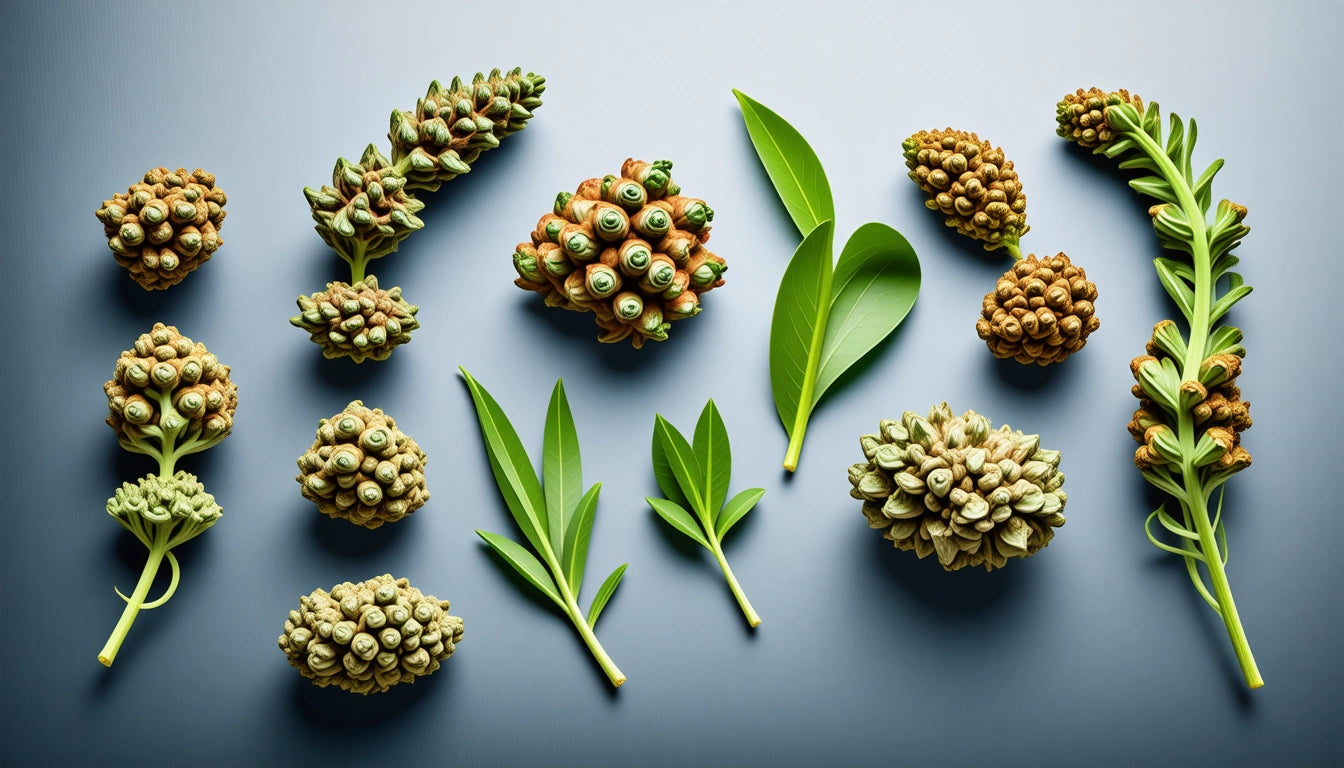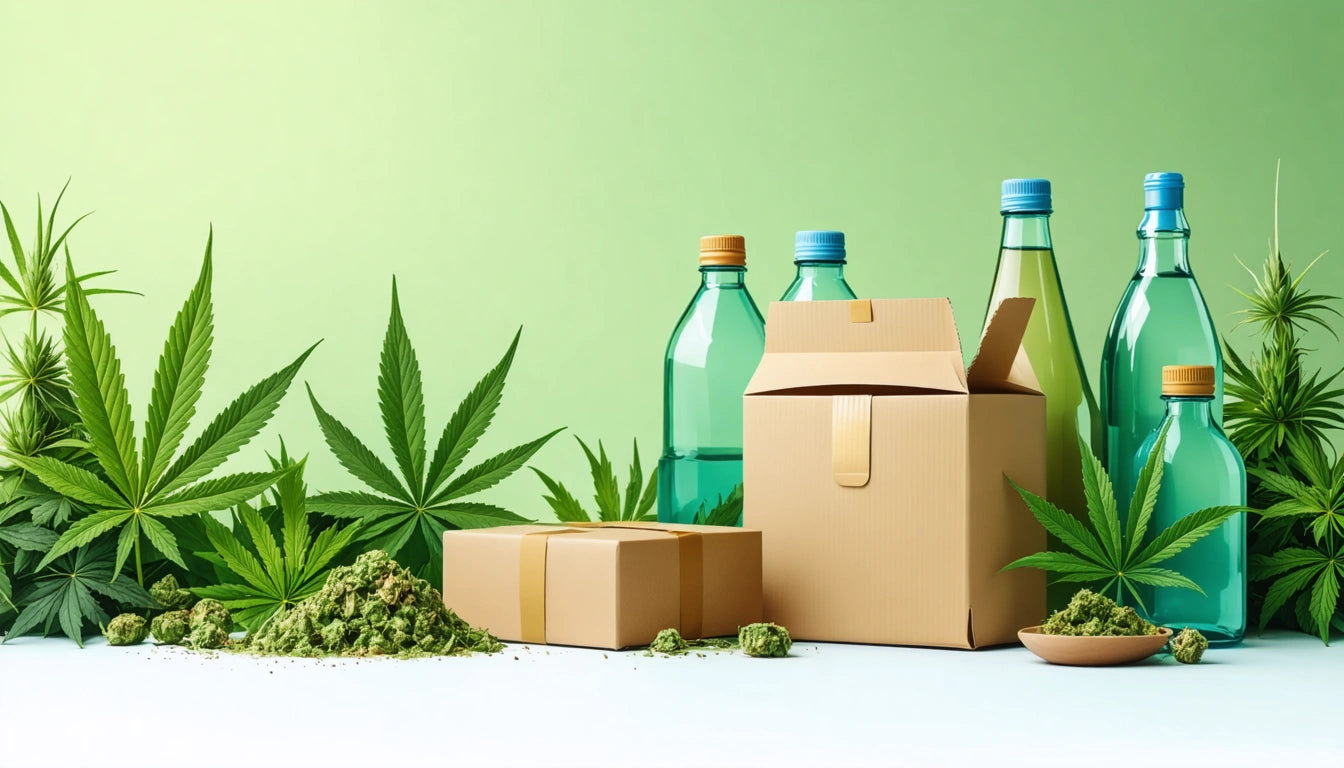Table of Contents
Comprehensive Guide to Trimming Cannabis Buds: Tips and Techniques
Trimming is a crucial step in the cannabis cultivation process that transforms raw harvested plants into polished, marketable buds. Whether you're a home grower or commercial cultivator, knowing how to trim cannabis buds properly can significantly impact potency, flavor, appearance, and overall quality of your final product. This guide covers everything from choosing between wet and dry trimming to proper storage of your freshly manicured buds.
Why Trimming Cannabis Matters
Trimming isn't just about aesthetics. It serves several important purposes:
- Removes excess plant material that can create harsh smoke
- Improves overall appearance of buds
- Reduces chlorophyll content for better flavor
- Prevents mold growth during curing
- Increases the concentration of cannabinoids in your final product
When you trim pot plants properly, you're essentially refining your harvest to showcase the most valuable parts of the plant while removing components that detract from the experience.
Wet vs. Dry Trimming: Choosing Your Method
Wet Trimming
Wet trimming involves processing your cannabis immediately after harvest while the plant material is still moist and pliable.
Advantages:
- Easier to handle and cut leaves when they're hydrated
- Faster overall process from harvest to curing
- Less space required during drying
- Potentially cleaner cuts around bud sites
Disadvantages:
- Sticky resin can gum up scissors and hands
- Faster drying can sometimes affect flavor development
- Higher risk of over-trimming
Dry Trimming
Dry trimming involves hanging whole plants or branches to dry before removing leaves and manicuring buds.
Advantages:
- Slower drying process can enhance flavor and aroma
- Less sticky process with fewer trichome losses
- Easier to see the final shape of buds
- Sugar leaves curl inward, making them easier to identify
Disadvantages:
- Requires more drying space
- Dried leaves can be more brittle and create more plant debris
- Longer overall process time
According to our comprehensive guide to trimming cannabis plants, the choice between wet and dry trimming often comes down to your specific growing environment, available space, and personal preference.
Essential Tools for Proper Cannabis Trimming
Having the right tools makes trimming faster, more precise, and less strenuous on your hands.
- Trimming scissors - Spring-loaded, ergonomic scissors with sharp, narrow blades are ideal for precise cuts
- Pruning shears - For cutting branches and thicker stems
- Trim tray - To collect valuable kief and plant material
- Comfortable chair - Trimming can take hours, so ergonomics matter
- Good lighting - Overhead, non-heat producing lights help you see trichomes
- Latex or nitrile gloves - Protects trichomes and keeps hands clean
- Isopropyl alcohol - For cleaning sticky scissors
For commercial operations, you might consider electric trimmers, but for most home growers, quality scissors designed specifically for cannabis will provide the best results.
The Trimming Process: Step-by-Step Guide
Preparation
1. Set up your workspace with good lighting and ventilation
2. Organize your tools within easy reach
3. Put on gloves to prevent resin buildup on hands
4. Have containers ready for buds, sugar leaves, and waste material
How to Trim Cannabis Buds: Basic Technique
1. Remove fan leaves - Start by removing large fan leaves with stems
2. Separate branches - Cut branches into manageable sections
3. Trim sugar leaves - Carefully trim the small leaves that protrude from the buds
4. Shape the bud - Maintain the natural shape while removing excess material
5. Final inspection - Check for any missed leaves or stems
When learning how to trim pot plants, remember that less is often more. You want to preserve as many trichomes as possible while removing unwanted plant material.
For a more detailed walkthrough on how to cut buds off weed plants and properly manicure them, refer to our ultimate guide to trimming and caring for your weed plants.
Common Trimming Mistakes to Avoid
Even experienced growers can make these common trimming errors:
- Over-trimming - Removing too much material can reduce yield and damage trichomes
- Using dull scissors - Results in tearing rather than clean cuts
- Rushing the process - Quality trimming takes time and attention
- Improper handling - Rough handling can knock off valuable trichomes
- Poor ergonomics - Can lead to hand cramps and inconsistent results
If you're wondering "can I cut a bud off my plant early?" the answer is yes, but it comes with tradeoffs. Early harvested buds typically have different cannabinoid profiles with more cerebral, less sedative effects, but lower overall potency.
What to Do With Cannabis Trimmings
Don't throw away your trimmings! They contain valuable compounds that can be used in various ways:
- Edibles - Use trim to make cannabutter or oils
- Extracts - Create kief, hash, or other concentrates
- Topicals - Infuse into creams or balms
- Teas - Steep decarboxylated trim for therapeutic teas
Learning what to do with pot trimmings can significantly increase the value of your harvest. Even stems have uses, as outlined in our guide on creative and practical uses for cannabis stems.
Storage Solutions for Freshly Trimmed Buds
After you've mastered how to trim marijuana buds, proper storage is essential to preserve quality:
1. Curing jars - Use glass mason jars for the curing process
2. Humidity packs - Maintain optimal humidity levels (58-62%)
3. Dark location - Store away from light to preserve cannabinoids
4. Temperature control - Keep at 60-70 °F (15-21 °C)
For families with children, it's crucial to store cannabis products responsibly. Our selection of child-resistant containers with secure lids provides an extra layer of safety while maintaining freshness.
When learning how to trim bud with scissors, remember that your work doesn't end at trimming. Proper curing and storage are equally important steps in developing the full potential of your cannabis.
By following these guidelines on how to prune pot and properly trim your harvest, you'll maximize the quality and value of your cannabis while developing a skill that improves with each growing cycle.











Leave a comment
All comments are moderated before being published.
This site is protected by hCaptcha and the hCaptcha Privacy Policy and Terms of Service apply.